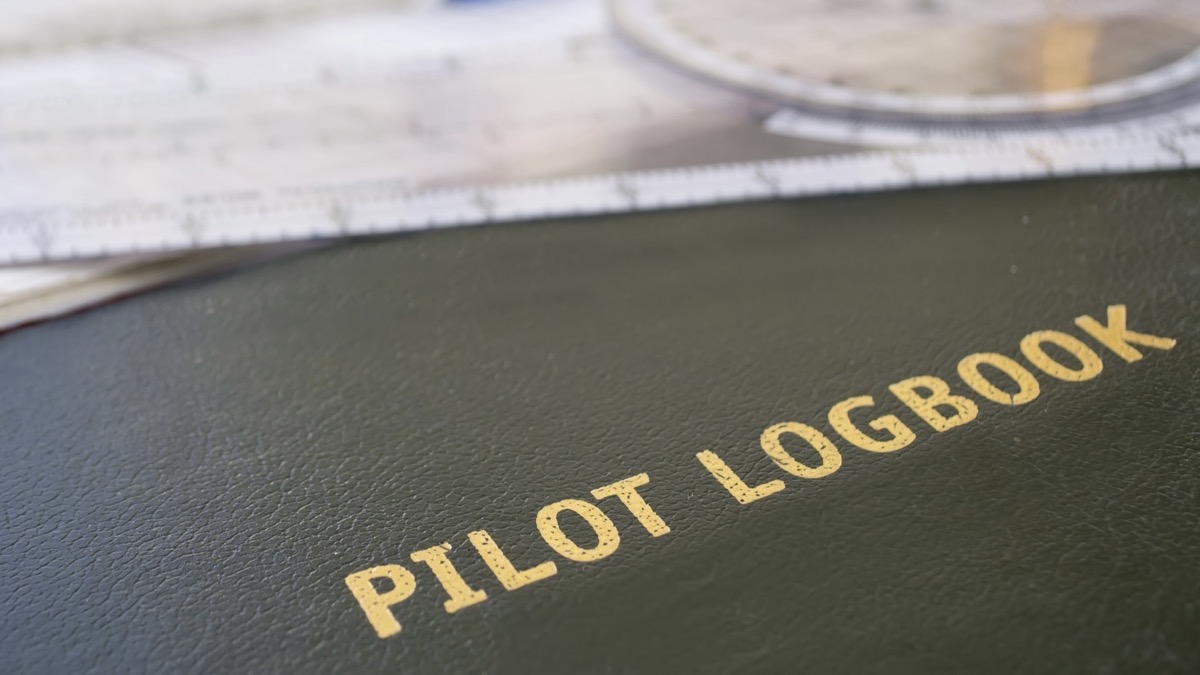
In the precise world of aviation, maintaining an accurate and up-to-date pilot logbook is not just beneficial—it’s mandatory. The pilot logbook is a fundamental component of a pilot’s journey, serving as a detailed record of their training, experience, and qualifications.
The pilot logbook has evolved from simple diaries to sophisticated digital logs, but its core purpose remains to document all flight time, including the date, aircraft type, flight duration, purpose, and conditions. For student pilots, it’s crucial for tracking progress towards licenses, detailing every hour flown and type of training received. For licensed pilots, it validates currency and competency, especially for those seeking to upgrade their licenses or ratings.
The advent of electronic logbooks has introduced ease of use and integration with other flight planning tools. However, the essence of maintaining a meticulous record of one’s journey through the skies remains unchanged. Remember that an electronic logbook offers the convenience of swiftly recording your flight details, with the added benefit of printing them whenever necessary. However, the printed version of the logbook is recognized as the official record.
One crucial aspect of logbook maintenance is the requirement for pilots to update their records with the latest flight details as soon as practical upon landing. This practice ensures that the logbook reflects the most recent flying experience, which is vital for maintaining the validity of their licenses and for operational and safety reasons. Accurate and timely entries are essential for tracking currency in specific aircraft, instrument competencies, and compliance with flight time regulations.
As per regulations, according to EASA Part-FCL.50 Recording of flight time (Regulation (EU) No 1178/2011) The pilot shall keep a reliable record of the details of all flights flown in a form and manner established by the competent authority.
Part-FCL.50 e) Flight crew logbook entries should be made as soon as practicable after any flight undertaken.
For anyone taking to the skies, maintaining an up-to-date pilot logbook isn’t just a mandate; it’s a fundamental part of being a responsible and professional pilot. This record-keeping is a small but significant habit that reinforces a culture of responsibility, professionalism and safety in the aviation industry, contributing to the overall integrity and reliability of aviation operations worldwide.
Reference: EASA ANNEX I (Part-FCL) Subpart A – General Requirements

